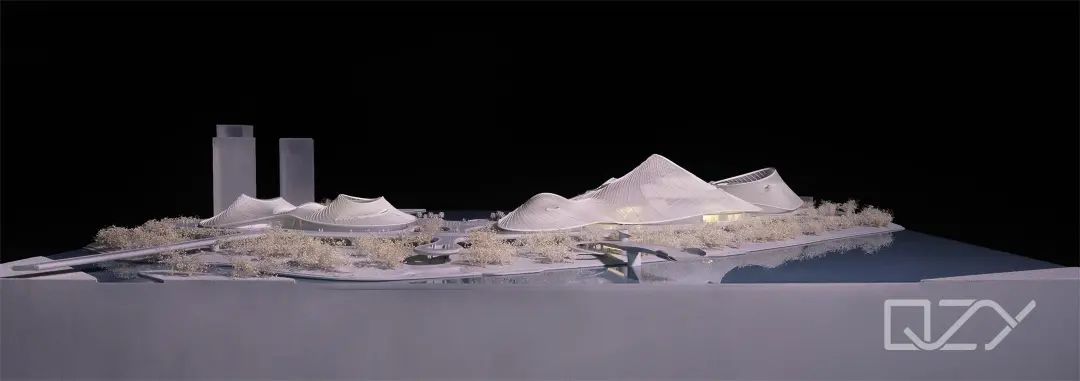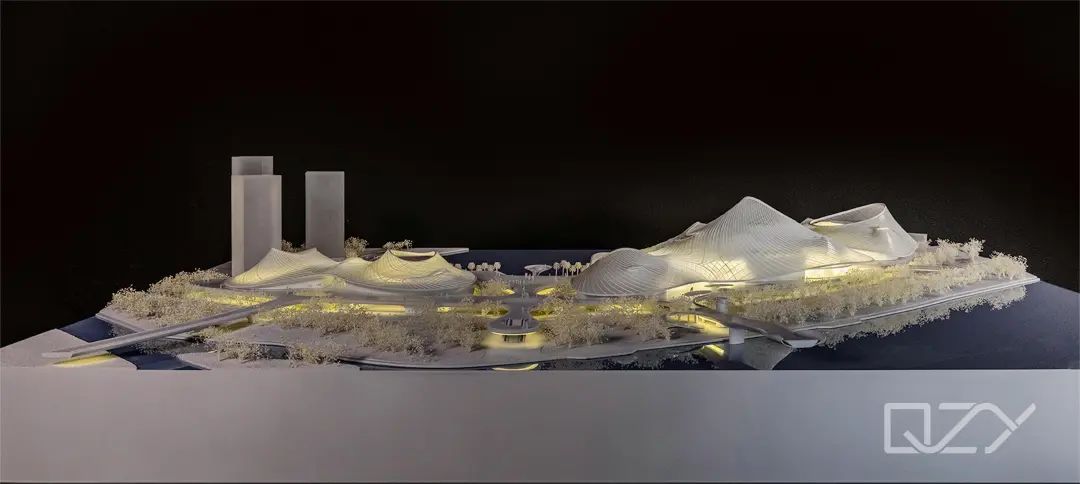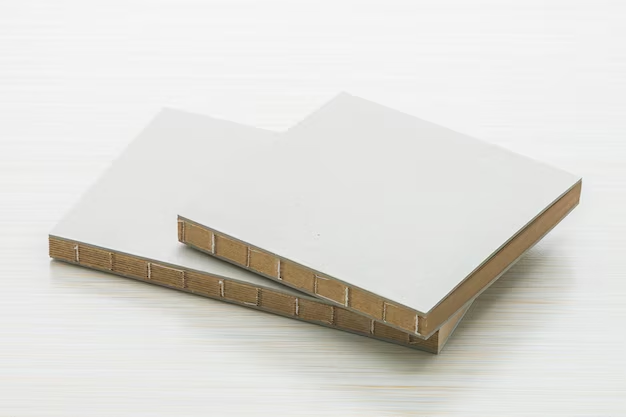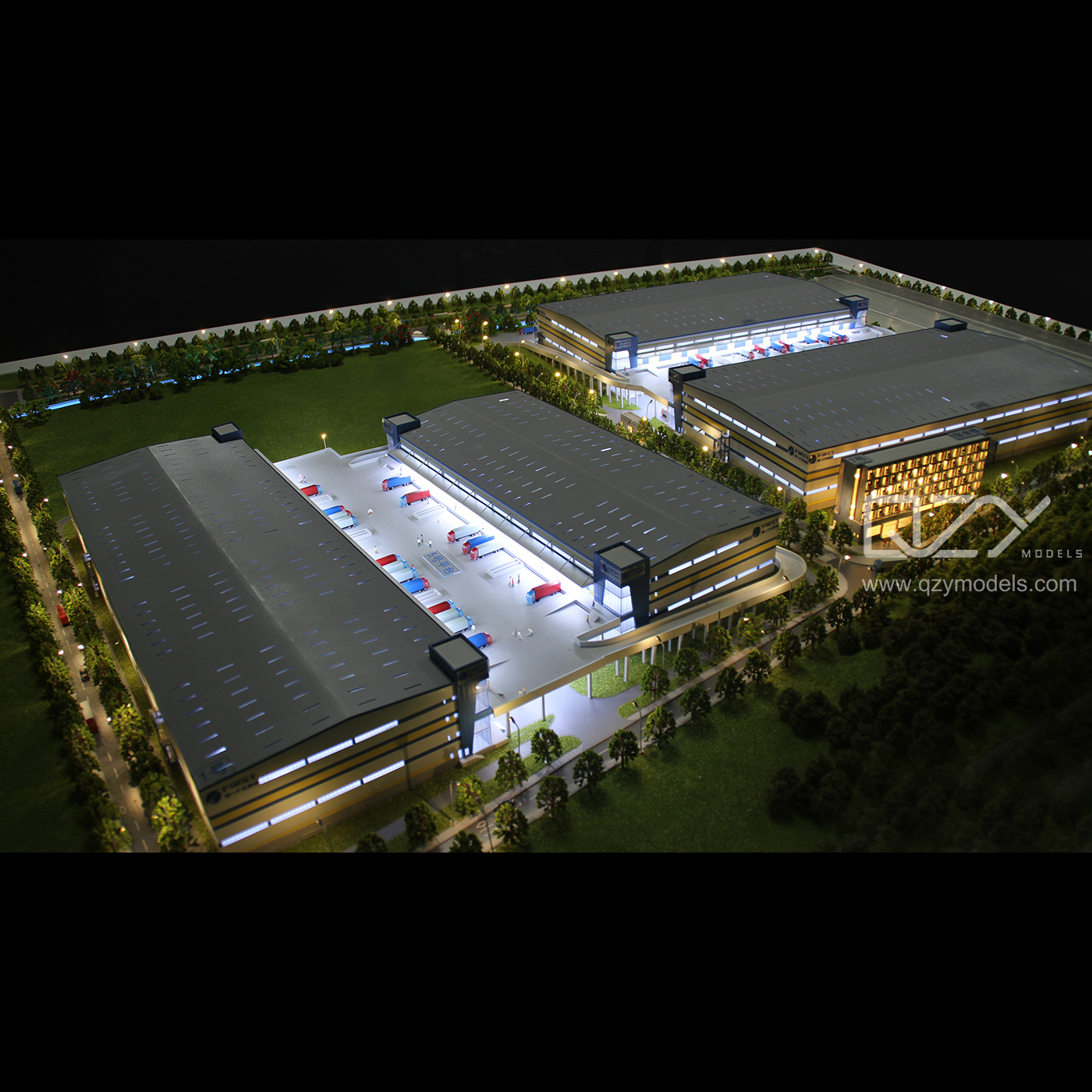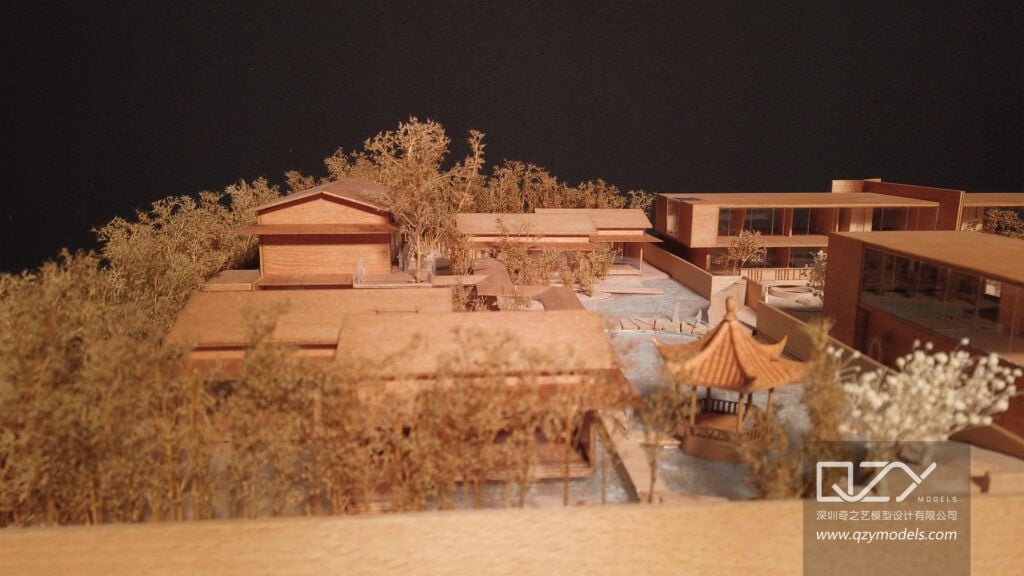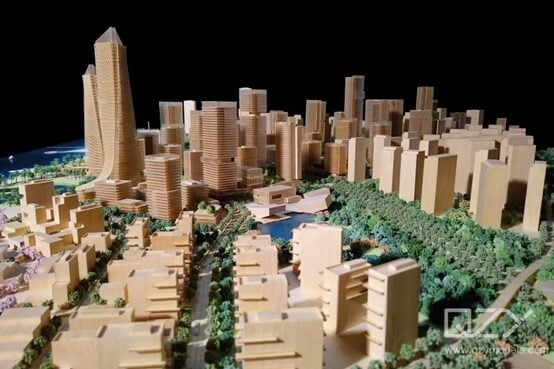Description of Nanhai Art Center architectural model
【Project introduction】The Nanhai Art Center, located in Foshan, Guangdong Province, covers an area of approximately 59,455 square meters. As the core of the Nanhai Cultural Zone, it includes a grand theater, a museum, a sports center, and related supporting facilities. Integrating functions such as art, culture, commerce, and leisure entertainment, it is poised to become a new cultural landmark in the region and a fresh symbol for the Guangzhou-Foshan urban area in the future.
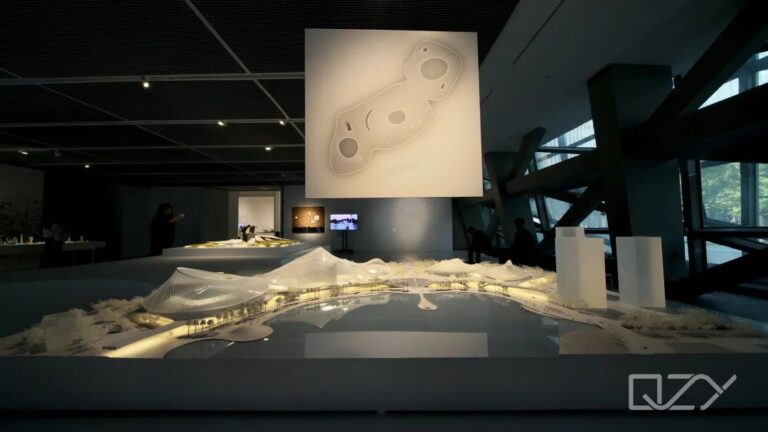

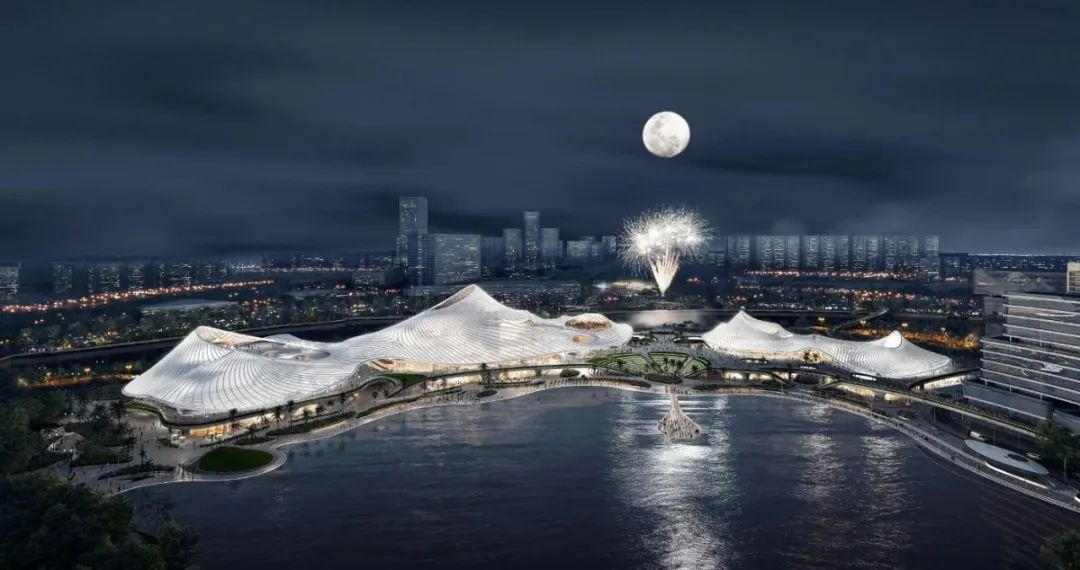
Designed by MAD Architects, the Nanhai Art Center incorporates the grand overhanging eaves of traditional Southern Guangdong architecture to create a smooth and continuous roofline for its three main structures. The eaves feature a semi-transparent white ETFE membrane structure, creating ample open space underneath for diverse interactions between people, architecture, and the surrounding landscape. The roof design showcases eco-friendly technologies, including cadmium telluride photovoltaic power generation, rainwater collection, and vertical greening, illustrating a green and carbon reduction initiative. The construction of the Nanhai Art Center is set to commence in 2024, with completion scheduled for 2029.

【Production process】
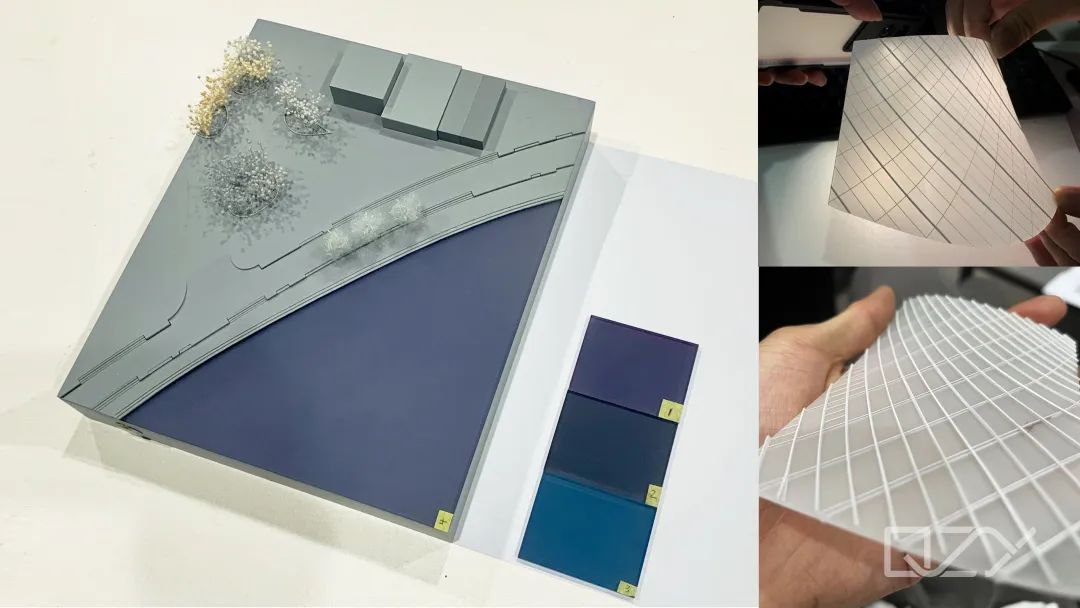
The Nanhai Art Center’s primary structure is gracefully showcased in pristine white, highlighting its rhythmic form and detailed surface textures. The creation of the distinctive roof posed a significant challenge, involving initial shaping through CNC technology and subsequent meticulous manual polishing and assembly. This demanding step required masterful skills to achieve seamless joints. Additionally, the meticulously crafted roof underwent thorough testing for light transmission, ensuring optimal lighting effects.
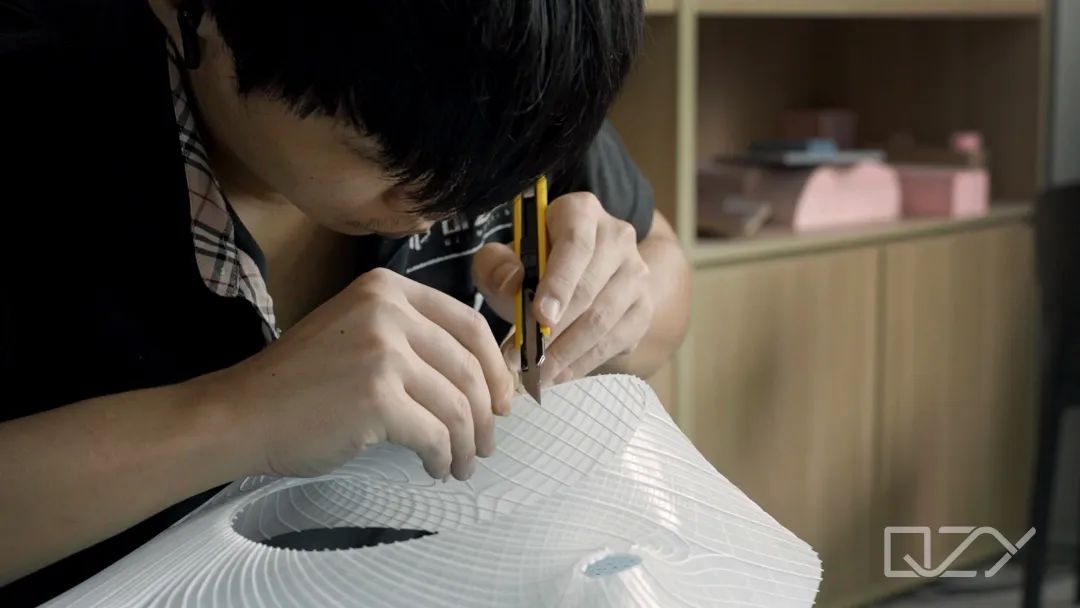
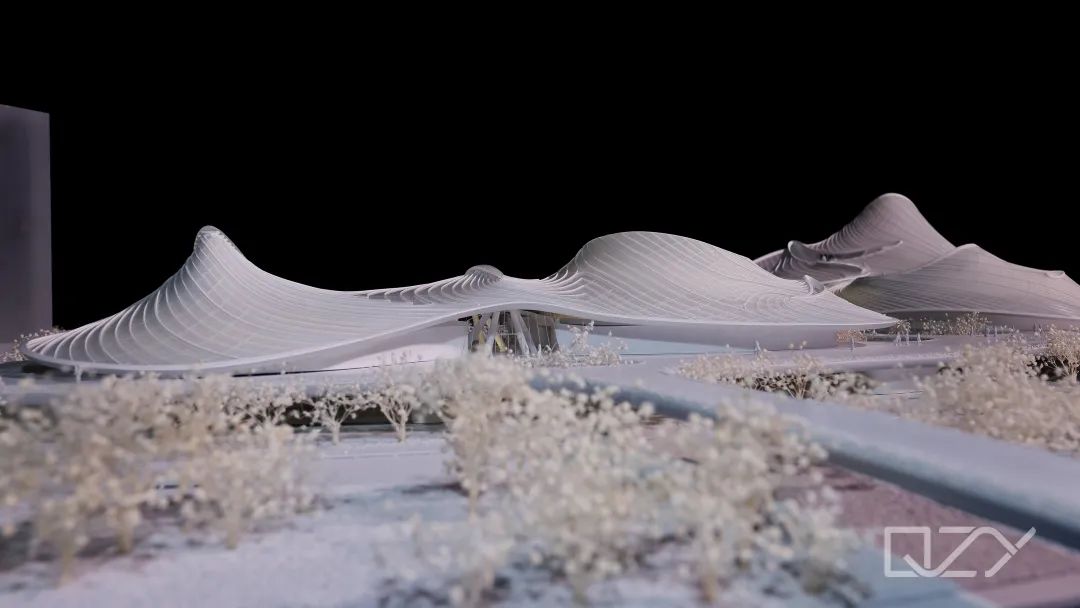
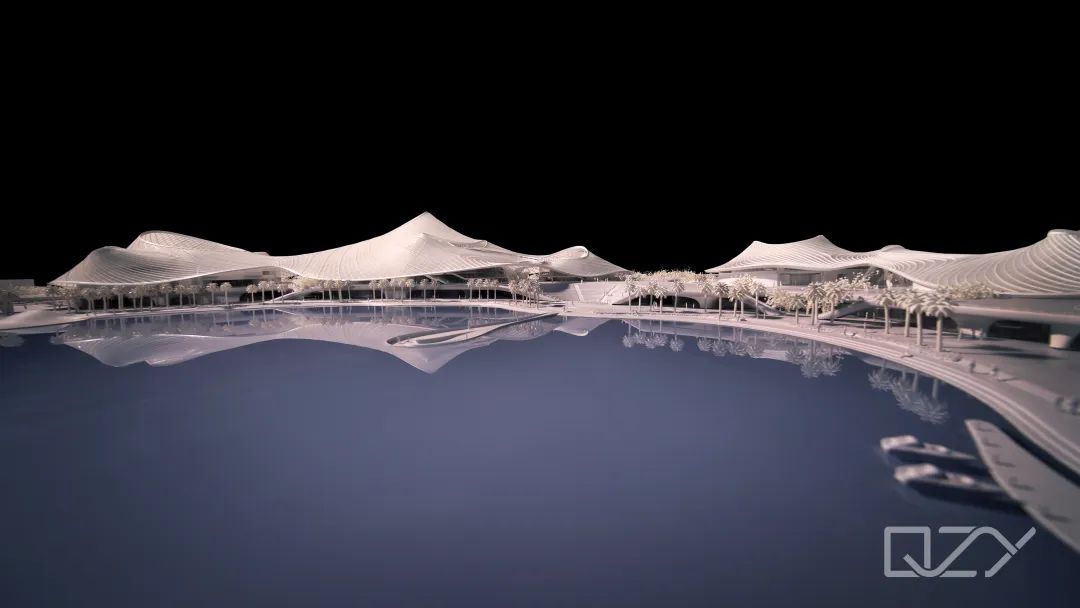
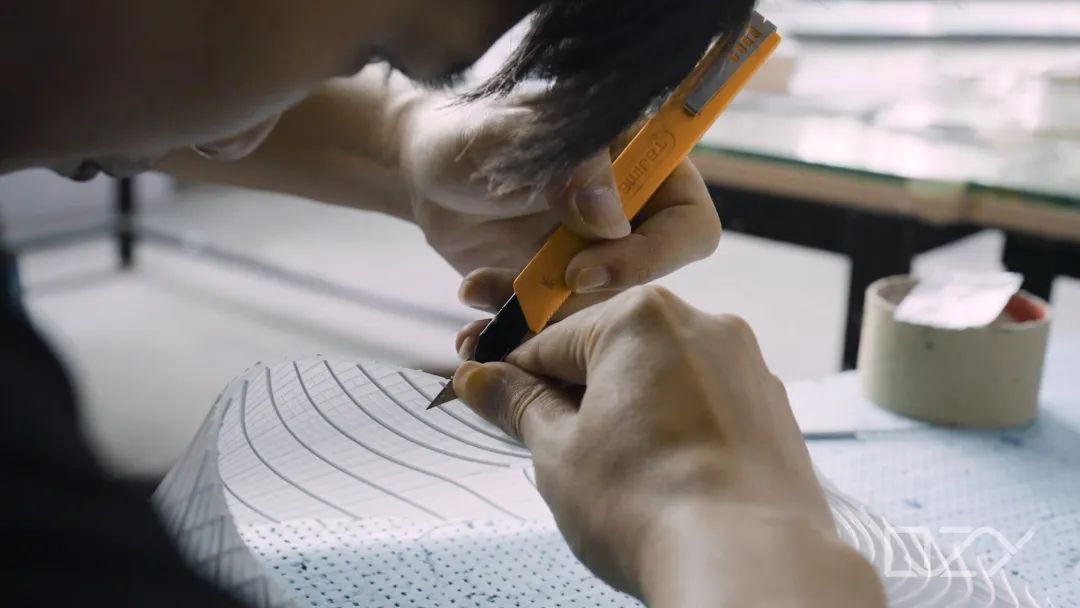
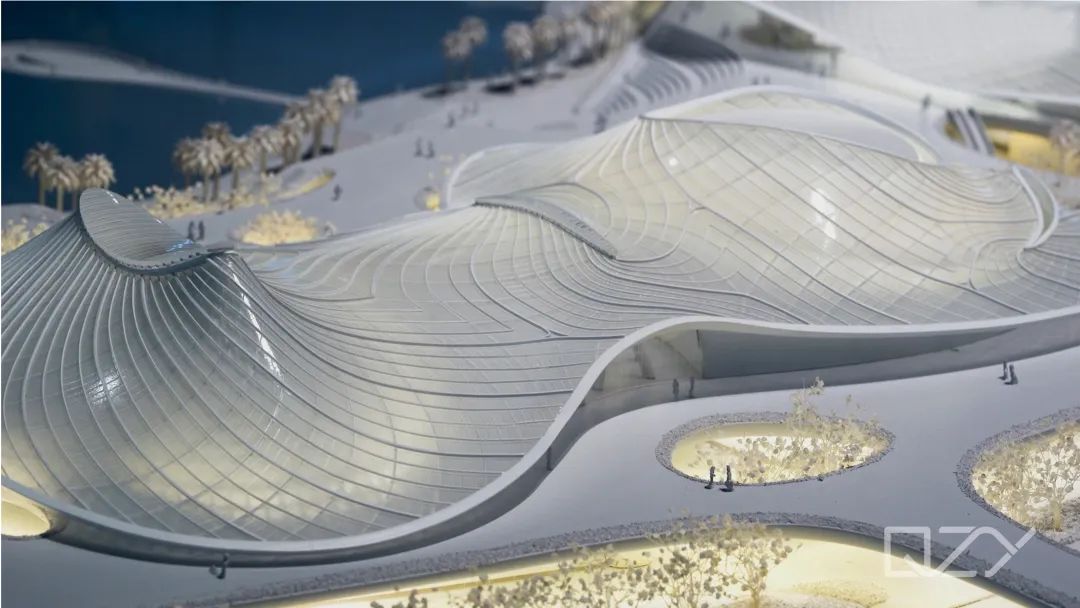
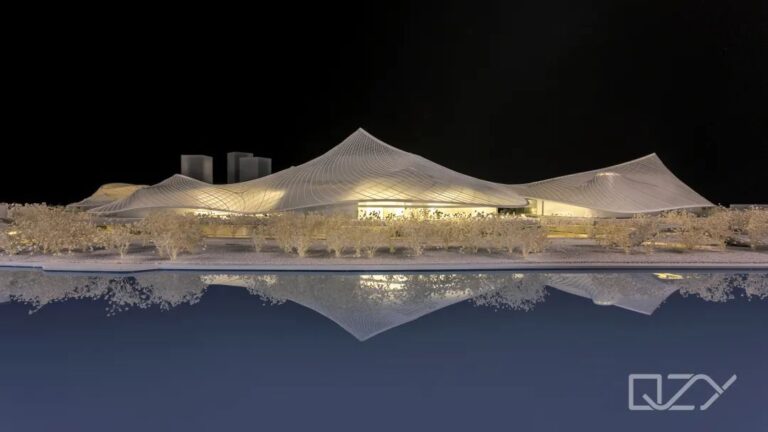
The model’s minimalist style makes lighting choices crucial for the overall effect. Concealing wiring, adjusting distance, and managing color temperature pose unique challenges compared to conventional architecture. Due to differences in distance, design, and materials, the lighting effects from the same set of lights within the structure can vary significantly. Addressing these issues requires continuous and meticulous testing.
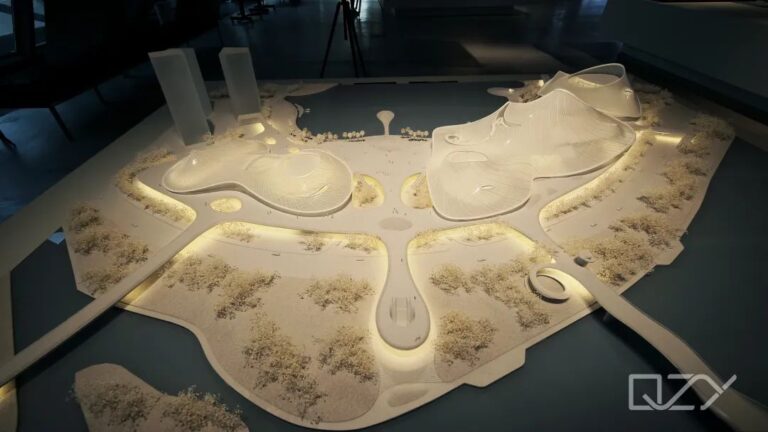
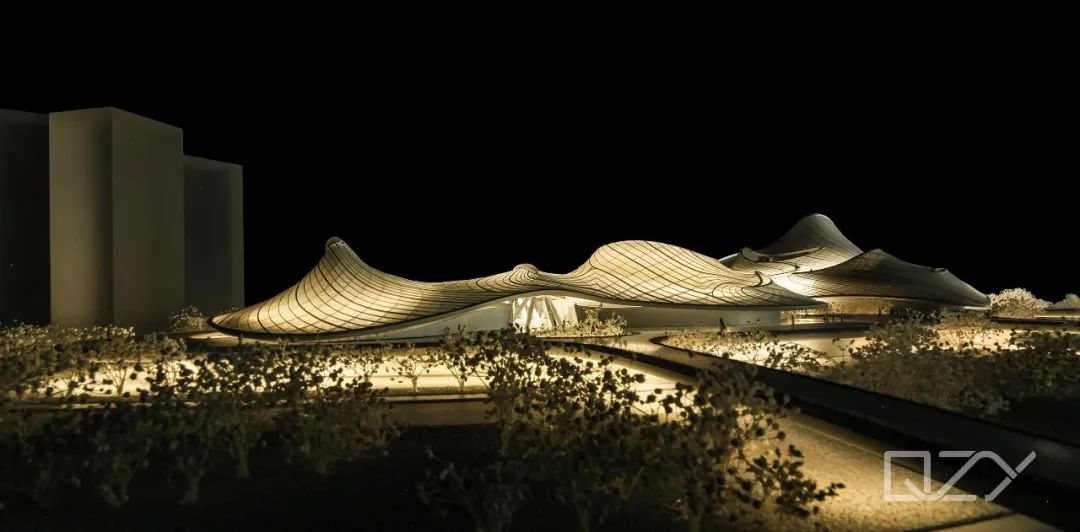
In addition to the external appearance, we crafted the internal structure to ensure a comprehensive design presentation. During initial testing, we found uneven light transmission on the top surface due to variations in the internal structure. To resolve this, we adjusted the internal structure by dismantling parts of the roof. After multiple optimizations, we successfully achieved the expected design outcomes for various illuminated areas.
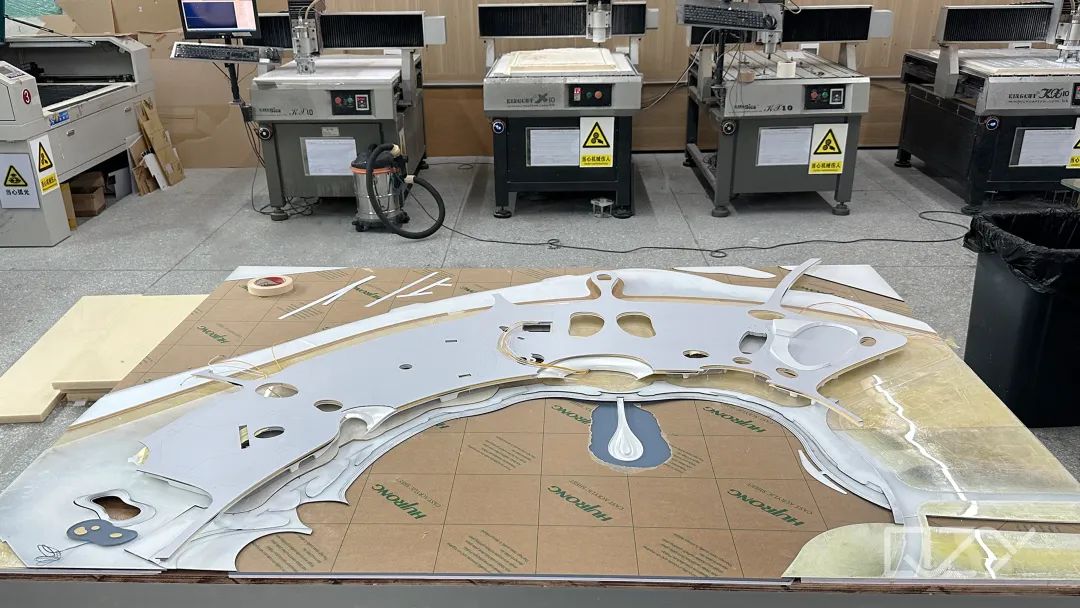
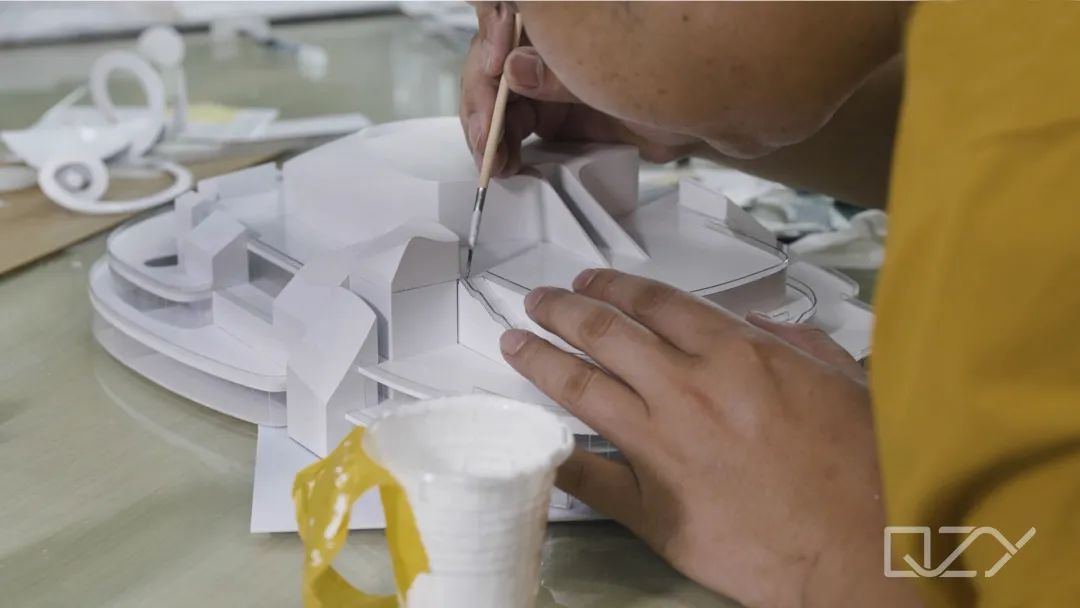
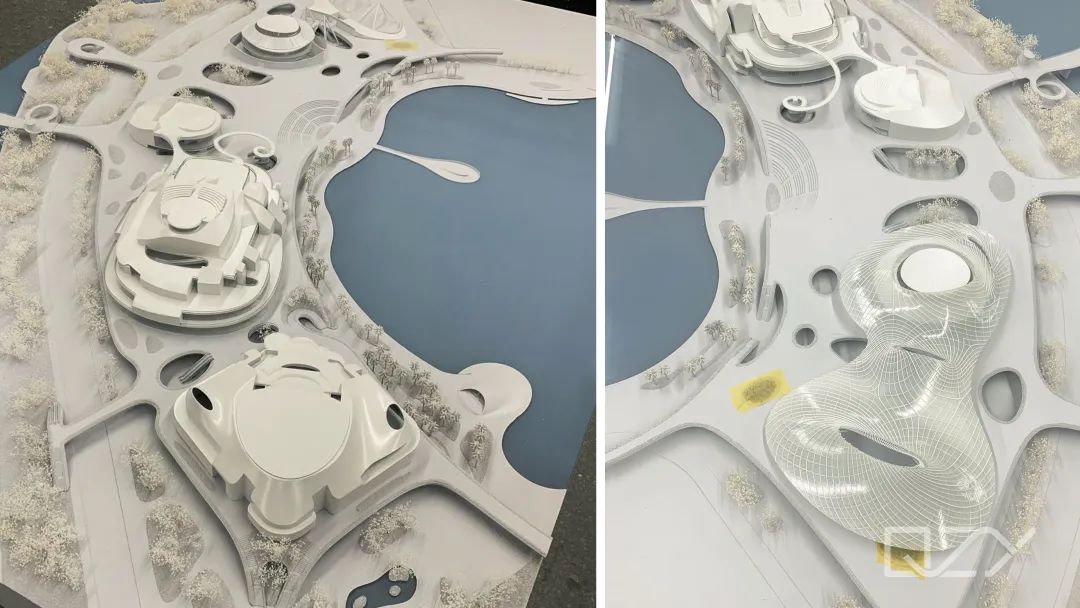
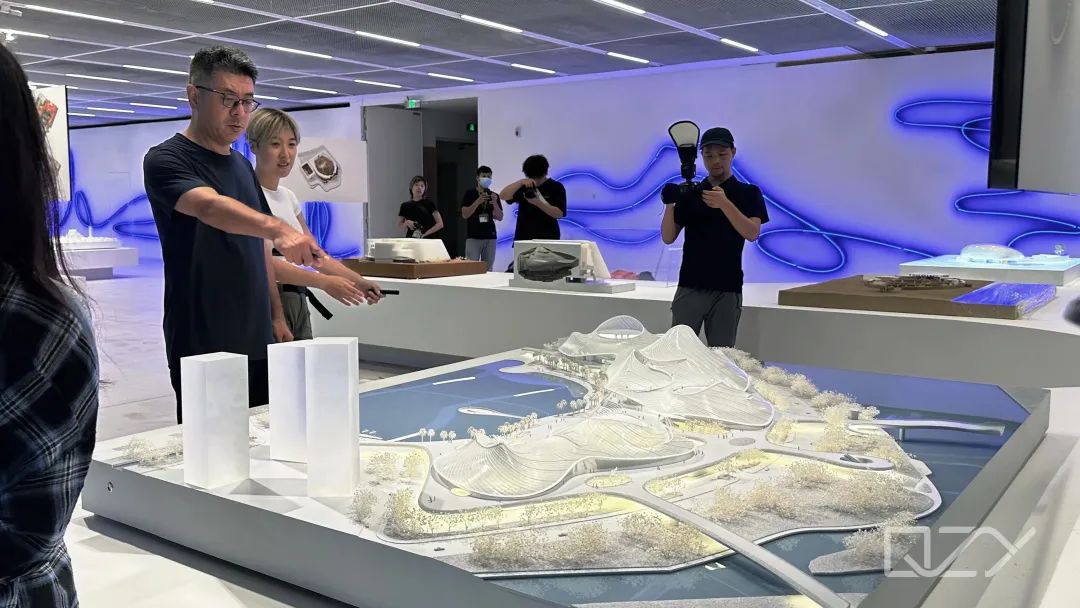
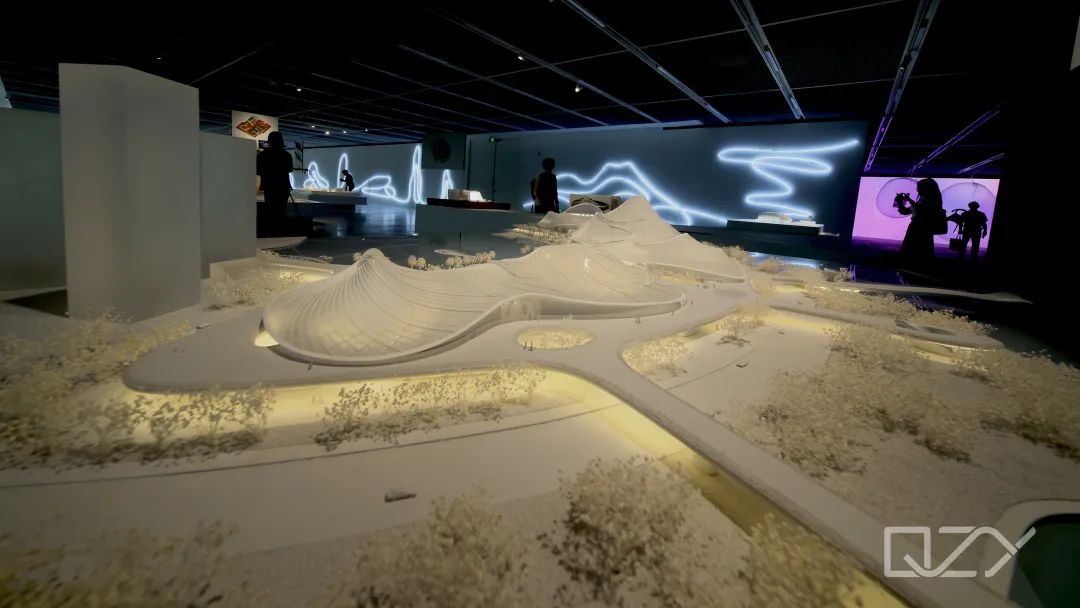
The team of QZY Models approaches each project with care, creating customized model designs and productions based on the unique characteristics of each project. We consistently explore new presentation methods and technical approaches to faithfully capture the original design concept of the project. The aim is to maximize the visual appeal and artistic value of physical models.
【Final outcome】
